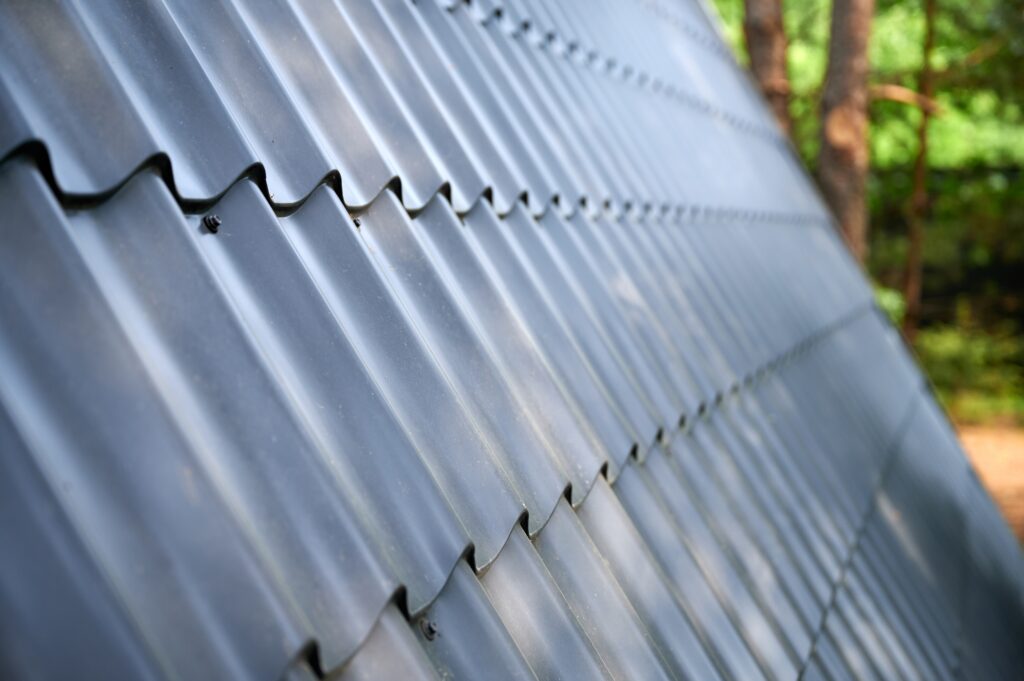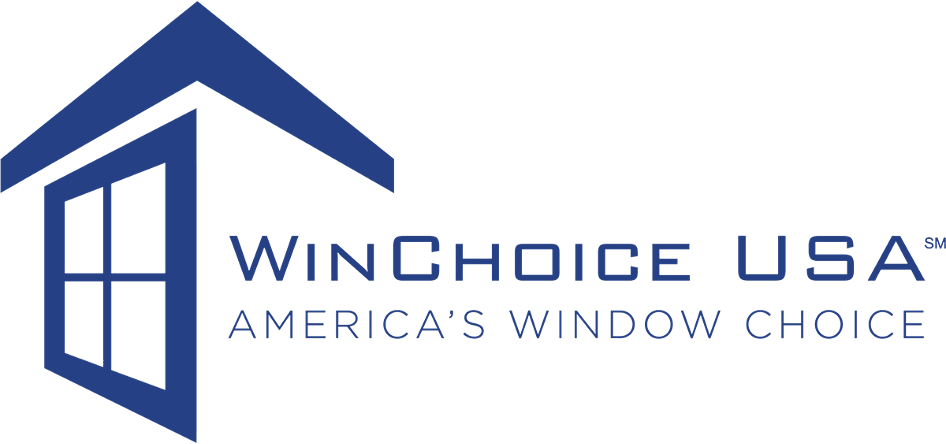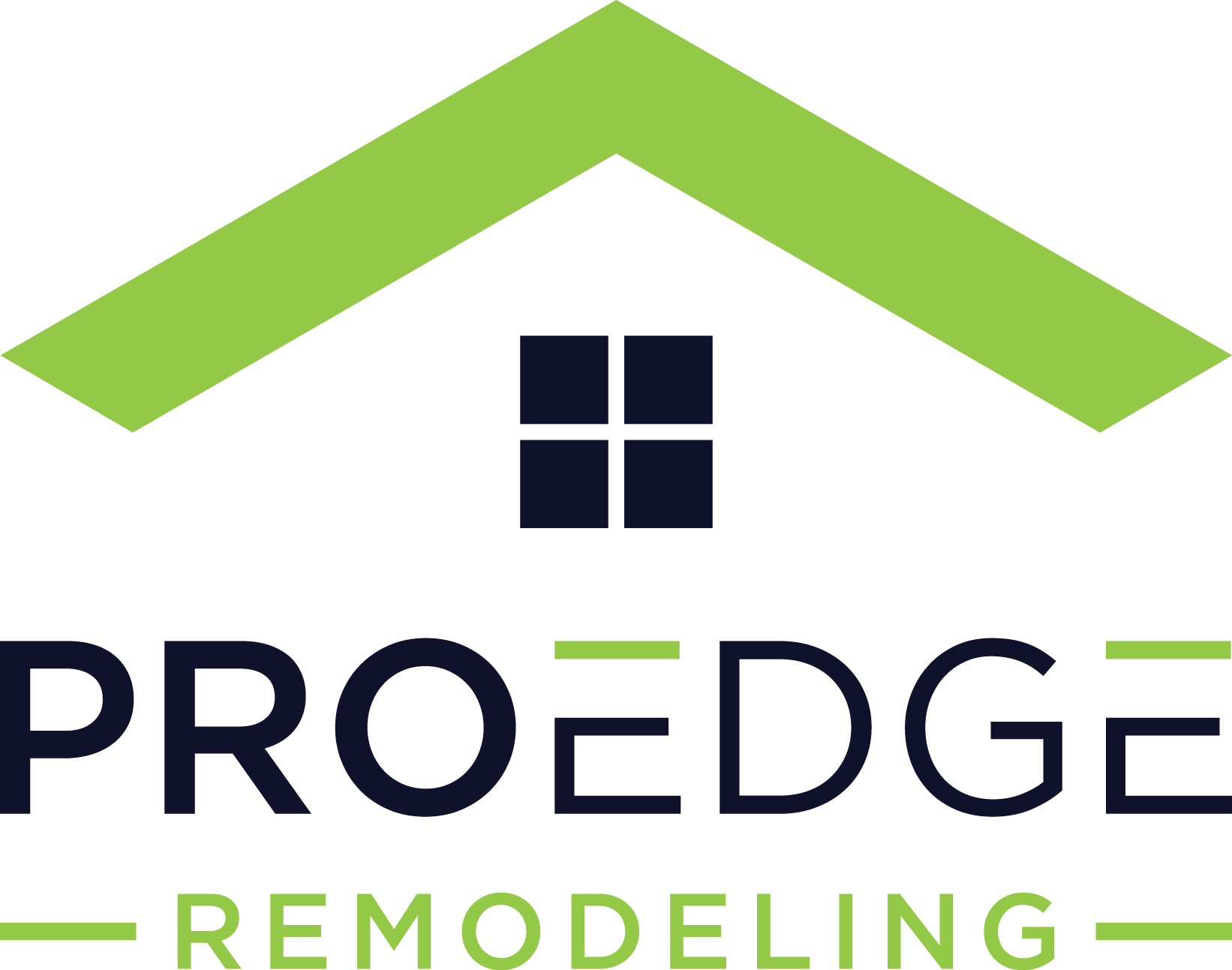How Much Does Metal Roofing Cost?

*Updated August 13th, 2025
When it comes to roofing, the saying “you get what you pay for” has never been more relevant. While a metal roof often involves a higher initial investment compared to traditional materials like asphalt shingles, its durability, longevity, and minimal maintenance needs make it one of the most cost-effective roofing options over time.
Before you commit, understanding the upfront metal roof cost, materials, and cost factors that influence your budget is essential. This cost guide will break down everything you need to know about metal roofing options so you can make a well-informed decision for your next roofing project.
Why Consider a Metal Roof?
Metal roofs are durable, energy-efficient, and resistant to extreme weather. A metal roofing system can last 40–70 years—often more—compared to shingle roofing that may need replacing every 20–25 years.
Unlike traditional roofing materials, metal roofs can withstand wind, fire, and impact damage better, making them an attractive choice for homeowners looking for long-term value. While the initial cost is higher, the reduced need for maintenance and fewer replacements can save money over time.
Average Metal Roof Cost
On average, the cost of a metal roof ranges from $5 to $14 per square foot, or $5,000–$25,000 total depending on the type of metal, size of your roof, and complexity of the installation.
By comparison, asphalt shingle roofing costs about $1–$4 per square foot, making it less expensive upfront but with higher roof replacement frequency over time.
Cost Breakdown by Type of Metal Roof
The type of metal roof you choose has a major effect on the total cost.
- Steel Roofing – $5–$12 per square foot; includes galvanized steel, galvalume steel, and stone-coated steel roofing panels. These metal panels offer excellent durability and weather resistance.
- Aluminum Roofing – $8–$15 per square foot; lightweight and rust-resistant, ideal for coastal climates.
- Copper Roof – $15–$30 per square foot; a high-end metal roof material with a striking patina and a lifespan over 100 years.
- Zinc Roofing – $10–$20 per square foot; eco-friendly and self-healing, making it one of the best metal roofing choices for sustainability.
Factors Influencing Metal Roof Cost
Several cost factors for metal roofing can impact the overall cost of your project:
- Roofing Materials – Higher-grade metals or high-end metal roofing materials increase cost.
- Roof Size & Complexity – Larger or steeper roofs with complex designs raise installation costs.
- Installation Costs – Hiring an experienced roofing contractor can be more expensive upfront but ensures proper workmanship.
- Geographic Location – Higher cost of living areas often have higher roof replacement costs.
- Removal of Old Roof – Removing an existing roof adds to the total cost, while overlaying on top can save money but isn’t always recommended.
Advantages & Benefits of Metal Roofing
- Metal roofs can last decades longer than materials like asphalt shingles.
- Metal roofing offers low maintenance, high weather resistance, and energy efficiency.
- Metal roofs are made from recyclable materials and are often recyclable at the end of their lifespan.
- Metal roofs offer exceptional performance in extreme climates.
- Metal roof is an investment that can improve resale value.
Choosing the Right Metal for Your Roof
When choosing the right metal, consider price differences, local weather conditions, and different types of metal roofing such as standing seam metal roofing, corrugated metal roofing, or metal shingles. Popular metal roofing types vary by region, so consulting with a professional roofing contractor is highly recommended.
Professional vs. DIY Metal Roof Installation
A new metal roof is best installed by an experienced contractor, as metal roof installation requires skill and precision. While DIY may reduce installation costs, it can void warranties and increase the risk of costly mistakes.
Final Takeaway
While the cost of a new metal roof is higher than shingle roofing, the benefits of metal—from energy savings to extreme durability—make it a strong long-term choice. By understanding your roof type, cost factors, and available metal roofing options, you can plan for a roofing project that protects your home for decades.
Sources
- Angi: How Much Does Metal Roofing Cost?
- Modernize: Metal Roof Cost
- This Old House: Metal Roofing Cost
Additional Roofing Resources
- The Dangers of DIY Roof Repairs
- Choosing the Best Roofing Material for Your Coastal Home
- The Ultimate Guide to Impact-Resistant Roofing Materials
- The True Cost of a Roof Inspection in 2024

Anna has over six years of experience in the home services and journalism industries and serves as the Content Manager at MyHomePros.com, specializing in making complex home improvement topics like HVAC, roofing, and plumbing accessible to all. With a bachelor’s degree in journalism from Auburn University, she excels in crafting localized, comprehensive guides that cater to homeowners’ unique needs. Living on both coasts of the United States has equipped her with a distinctive perspective, fueling her passion for turning any house into a cherished home through informed, personalized decision-making.








